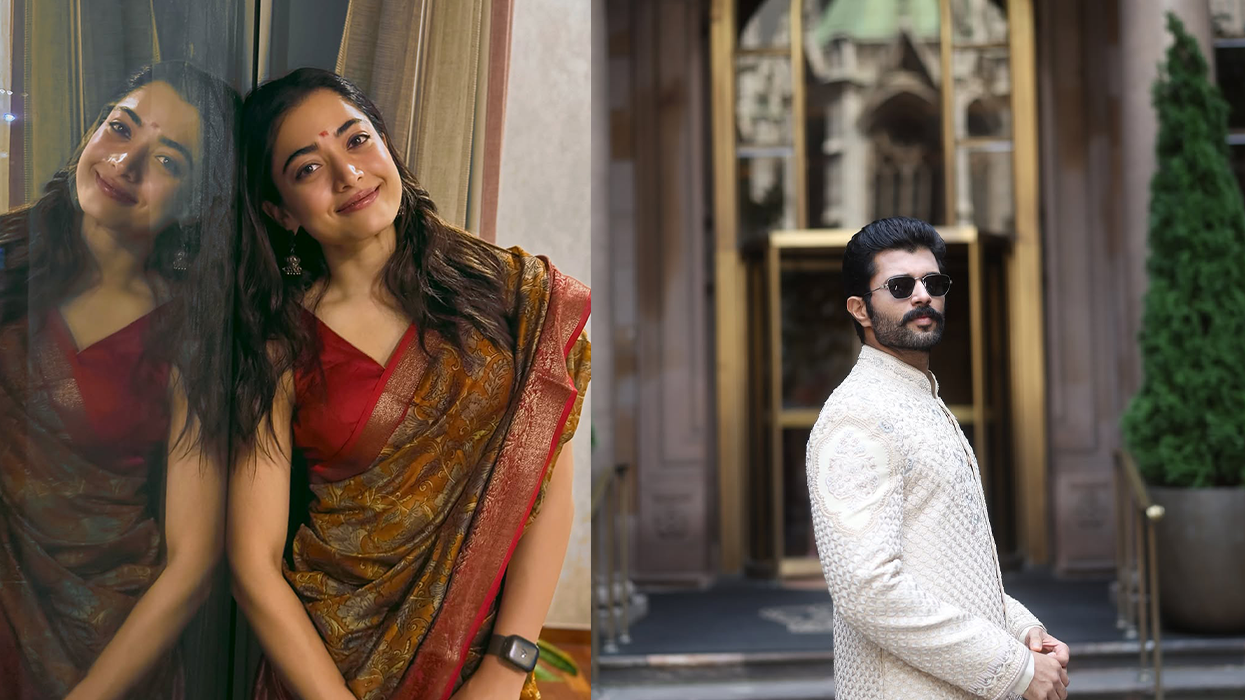Italian luxury fashion house Prada has come under intense scrutiny after its Spring/Summer 2026 menswear collection, showcased at Milan Fashion Week, featured open-toe leather sandals closely resembling India’s iconic Kolhapuri chappals.
The initial omission of any reference to the Indian origin of the design in Prada’s show notes sparked widespread accusations of cultural appropriation from Indian artisans, officials, and social media users.
Kolhapuri Chappals: A Symbol of Indian Craftsmanship
Kolhapuri chappals, handcrafted leather sandals with a history spanning centuries, are produced by artisans in Maharashtra and Karnataka. Recognized with a Geographical Indication (GI) tag by the Government of India in 2019, these sandals are not only a symbol of regional identity but also a vital source of livelihood for thousands of artisan families.
The controversy was amplified by the fact that Prada’s luxury version was reportedly priced at over $1,205, while authentic Kolhapuris are available in Indian markets for a fraction of the cost.
Outrage and Official Complaints
The backlash intensified after BJP MP Dhananjay Mahadik and artisan groups raised concerns with Maharashtra’s Deputy Chief Minister Devendra Fadnavis and the Maharashtra Chamber of Commerce, Industry and Agriculture (MACCIA). They argued that Prada’s failure to credit the design violated India’s GI Act and disrespected the traditional craft.
MACCIA President Lalit Gandhi wrote to Prada, urging the brand to publicly acknowledge the inspiration, consider collaboration, and explore fair compensation for artisan communities.
Prada Breaks Silence and Issues Statement
Responding to the mounting criticism, Prada officially acknowledged that the sandals featured in its Milan show were “inspired by traditional Indian handcrafted footwear, with a centuries-old heritage.”
In a letter to MACCIA, Lorenzo Bertelli, Prada Group Head of Corporate Social Responsibility, expressed deep recognition of the cultural significance of Indian craftsmanship. He clarified that the collection is still in the early stages of design and that none of the pieces have been finalized for production or commercialization.
Bertelli further stated that Prada is committed to responsible design practices and fostering cultural engagement. The brand expressed willingness to open a dialogue for meaningful exchange with local Indian artisan communities and to set up further discussions with relevant stakeholders.
Legal and Industry Response
The controversy has prompted Maharashtra’s state-run leather development corporation (LIDCOM) and its Karnataka counterpart (LIDKAR), joint holders of the Kolhapuri chappal GI rights, to consider legal action. While Indian law allows registered proprietors to pursue legal proceedings domestically, cross-border protection for GI marks remains limited, making international recourse challenging.
Industry leaders and officials are also exploring ways to ensure that Indian handicrafts receive proper recognition and benefit from global high-fashion collaborations. The episode has reignited debates about cultural appropriation, fair compensation, and the need for greater transparency and respect from international luxury brands when drawing inspiration from traditional crafts.
Moving Forward: Dialogue and Recognition
Prada’s admission, though belated, marks a step towards greater accountability in the fashion industry. The brand’s willingness to engage with Indian artisan communities and recognize the cultural roots of its designs could pave the way for more ethical collaborations in the future. For now, the Kolhapuri chappal controversy serves as a reminder of the importance of crediting and supporting the artisans behind the world’s most iconic designs
















